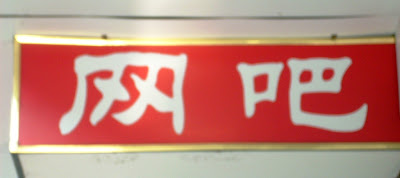My first impression of Hong Kong is the MTR, the cleanest and most convenient and efficient subway I have ever ridden. Subway designers everywhere in the world should come here and study. It is air conditioned and smooth, unlike the tube in London (though they do say 'mind the gap'). No salespeople or panhandlers like Seoul. No unexpectly broken down lines like Paris. Much cleaner than BART in San Francisco. Signs telling you how many minutes to the next train, with maps in each station showing the area and tourist attractions marked. Trains timed for transfers between lines with almost musical precision, and announcements in Mandarin, Cantonese, and real English. Signs telling you to advise customer service at the next station if you feel ill.

Above ground, I get a hostel one MTR stop away from the visa office and am in a room seven feet wide. The elevator in the building feels like a closet, and the high buildings with signs extending into the street keep you from seeing much beyond your immediate area so it feels very closed in. However, streets are beautifully clean and best of all, people are not spitting everywhere. (I'm told this was a recent, SARS-related development.) I only have a half day free so spend it shopping in the Causeway Bay and Mongkok areas and then take the MTR down to Tsim Sha Tsui where you can walk along the harbour.
The Walk of Stars has handprints of several famous people, including Maggie Cheung. Her gorgeous face adorns the Olay ads here.

I take lots of blurry pictures of the world's most famous skyline:














